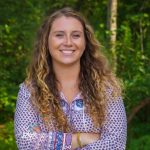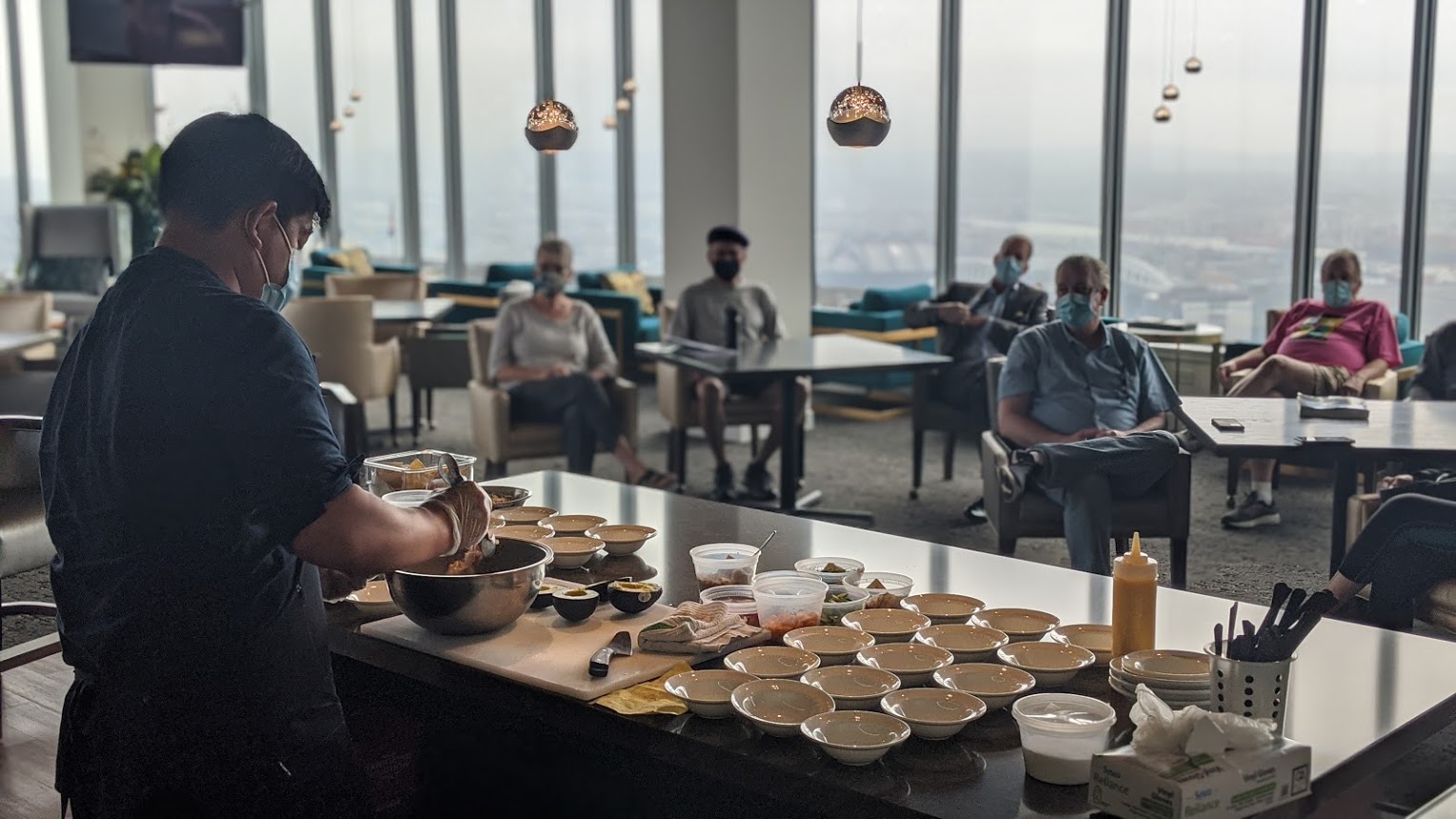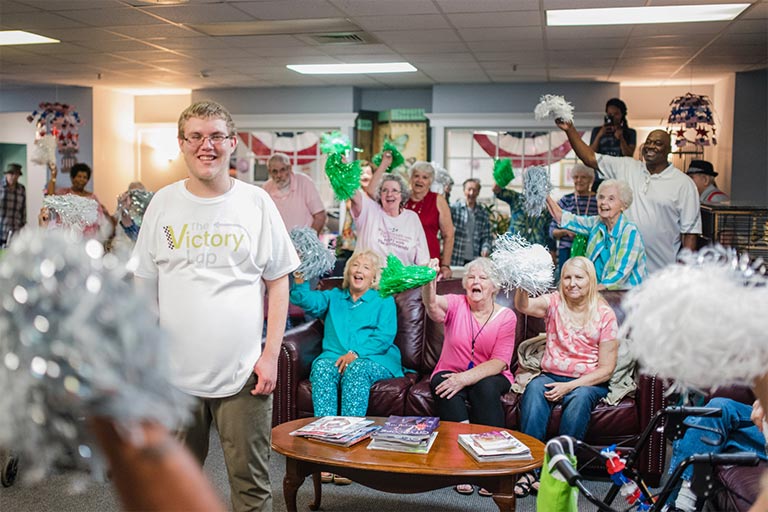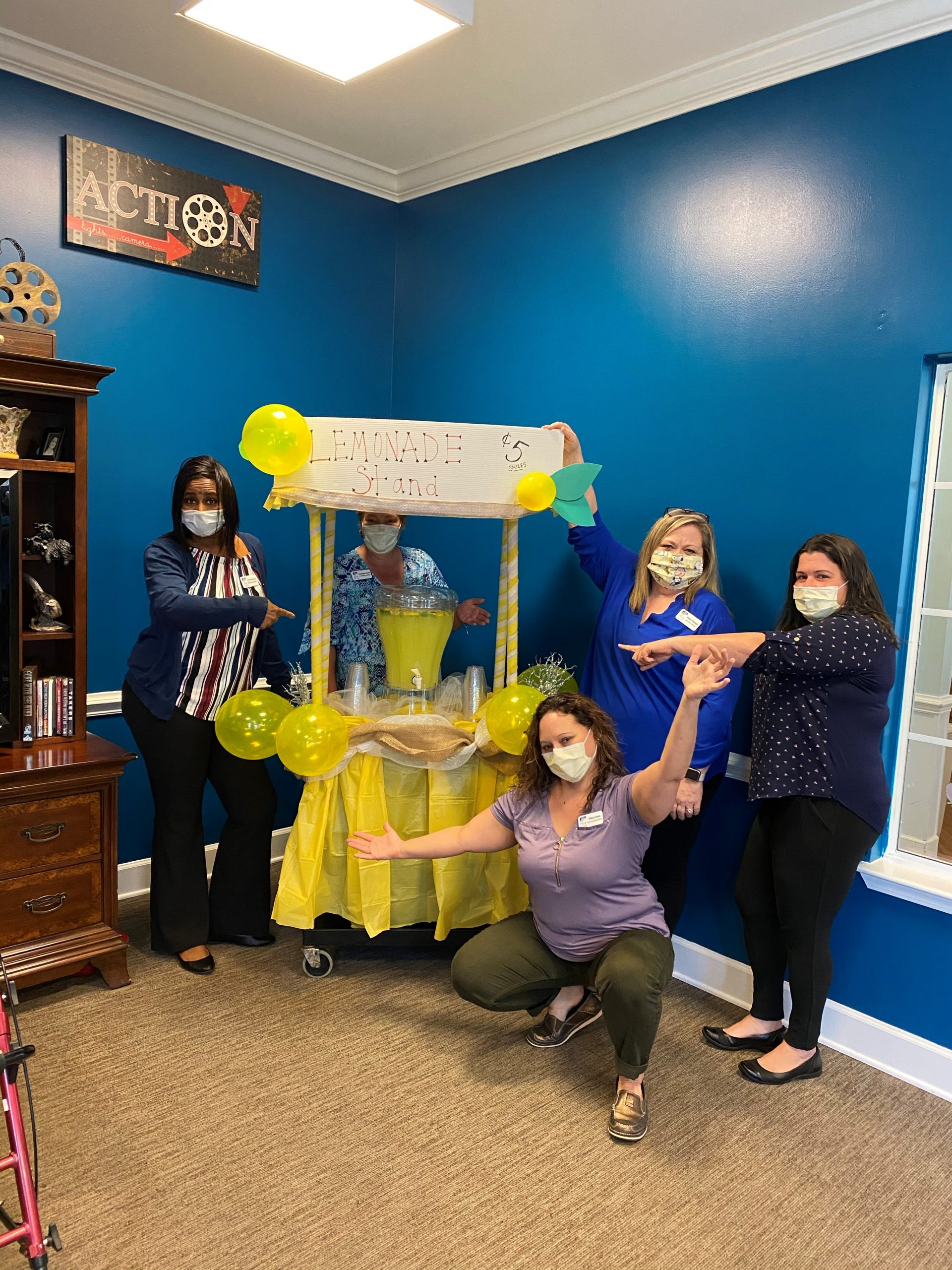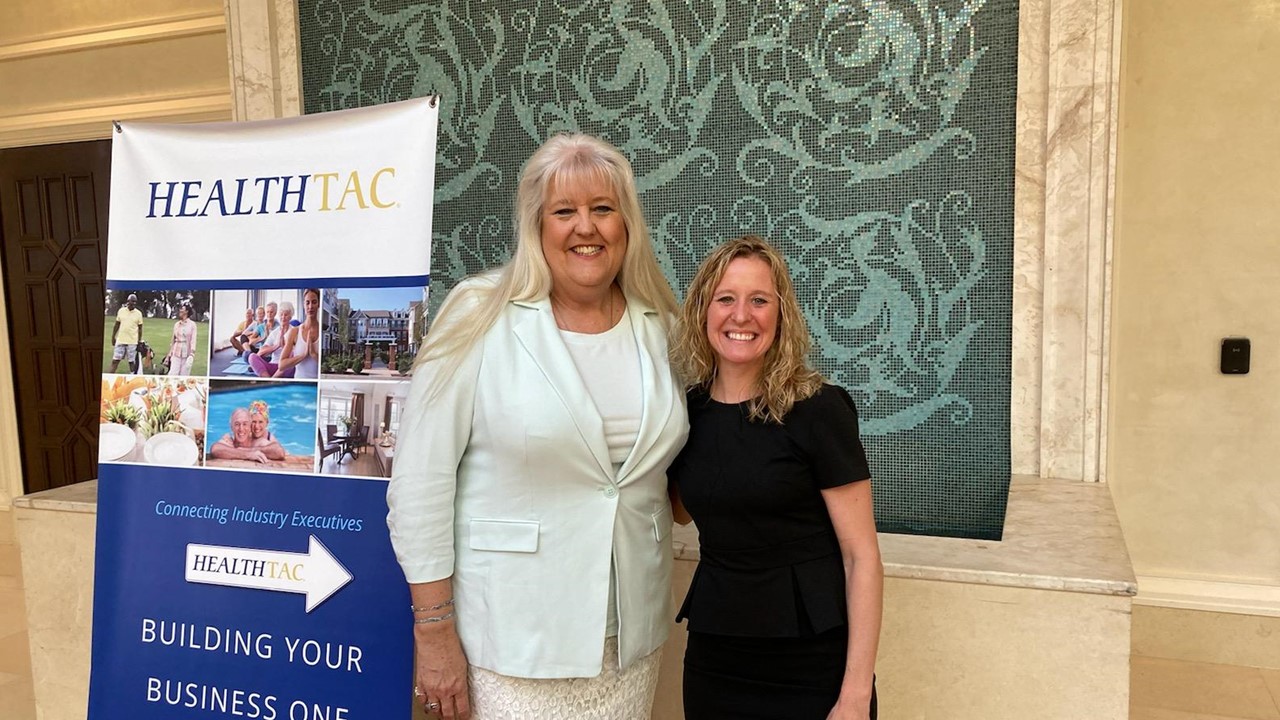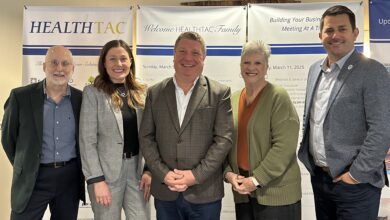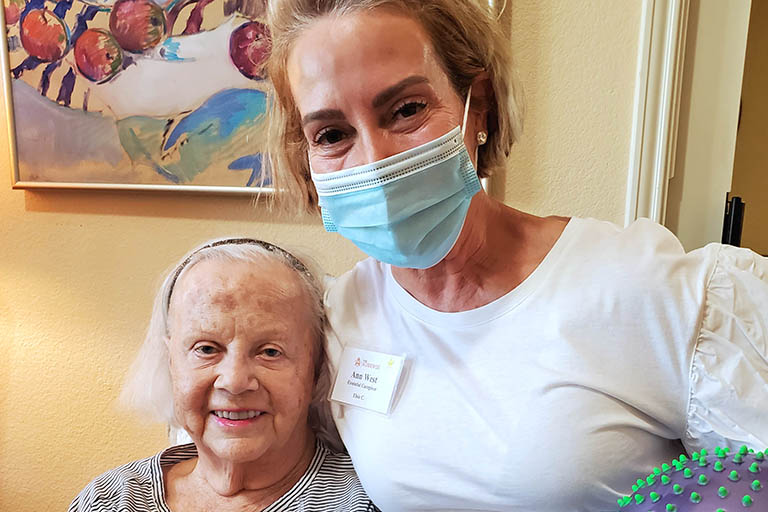
Simeon Purkey, Executive Director at The Auberge at Bee Cave, Discusses Reinstating Visitation Under Texas’s New Guidelines.
By Olivia Beaton | October 8, 2020
A few weeks ago, Governor Abbott announced that long-term care facilities in the state of Texas would be opening back up to visitors. Following the announcement, the Texas Human Health and Services Commission released formal guidelines that communities must follow.
Below are some highlights of the required guidelines.
• Nursing facilities are required to allow visits from two designated essential caregivers per resident. This is voluntary for assisted living facilities.
• Facilities must be approved by Texas Human Health Services for visitation.
• Nursing homes are expected to contain any positive cases to an isolated unit.
• If a nursing facility has COVID-19 positive cases, they are still required to allow essential caregivers in. This is optional for assisted living facilities in this situation.
• Any residents with COVID-19 are not allowed to have visitors unless they are at the end of their life.
• All visitors are expected to schedule their visits, must wear PPE, and must show proof of negative testing.
Upon this change in visitation, Simeon Purkey, and his team at The Auberge at Bee Cave, quickly began to formulate plans and protocols that met the Texas state standards. “We as a community needed to drive our policies and procedures to match the state guidelines put in place,” says Purkey.
Anyone deemed an essential caregiver must be tested 14 days before a visit to their facility and continue to receive monthly tests after that, all of which must come back negative in order to remain an essential caregiver permitted to enter The Auberge. Before the first visitation, essential caregivers are sent instructional videos about proper hand-washing, PPE attire, etc. and are required to complete a competency check on these protocols upon first arriving at the community. Surgical masks and gloves are required to be worn throughout the duration of the visit as well.
Purkey and The Auberge team have designed three designated areas for visitation. If the resident is living privately, the essential caregiver is permitted to visit inside their apartment. For residents in a shared living space, there is a vacant apartment that has been designated for visitation and undergoes vast sanitization and sterilization after each visit. The third option is visiting in The Auberge’s beautiful courtyard area, where multiple areas are set up at a distance for essential caregivers and their loved one to connect. Visitations are limited to two hours and there are four designated time slots a day to ensure the time for proper safety and cleaning protocols to take place in between.
Despite all the efforts that Purkey and his staff have had to make in order to make these visitations happen, it has been incredibly rewarding not only for the residents, but for the staff as well. Purkey was able to witness a daughter and her mother reuniting for the first time in seven months, a site that moved him to tears. “Our community is a true community, everyone has come together to provide exceptional, holistic care, and the essential caregivers have been instrumental in their support and encouragement, seeing them come back was huge.”
The majority of the patients in The Auberge community have some type of cognitive impairment, which has been especially difficult throughout quarantine. Residents with cognitive impairment struggled with confusion throughout the past few months, but now that they know there will be a loved one visiting them every week, it has vastly improved their cognitive function. Purkey says, “It doesn’t erase their cognitive impairment, but it does help improve their physical, mental, and overall health. These essential caregivers are medically necessary for the holistic care of our residents and there are benefits in doing this the right way and coming together to achieve the same goal.”
Moving forward, Purkey and his team will continue to follow guidelines issued by the state of Texas for next steps. As a leadership team, they are constantly having discussions as to what the future will look like for their community and senior living as a whole. If there is a positive case again, they must have an isolated area to relocate the positive resident, and the essential caregiver wouldn’t be allowed to visit unless the resident is end of life. From there, Purkey adds, “we go into infection procedure, we test every staff member and every resident, and implement exposure protocols until we know people are negative instead of unknown.” Two weeks of negative results after a positive case are required in order to allow the essential caregivers back into the facility.
Purkey is confident that The Auberge, as well as other senior living facilities, can continue to get creative, following state guidelines, in order to meet the needs of residents. “You feel a different sense of pride when the family member comes in and they thank you in person, myself, as well as the staff has been so appreciative and overwhelmed by the kindness and gratitude,” Purkey said. Though the past few months have been bleak for senior living, small victories such as these are boosting the spirits of staff, residents, and families.
